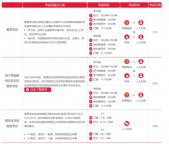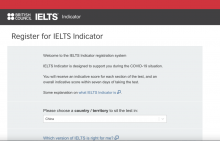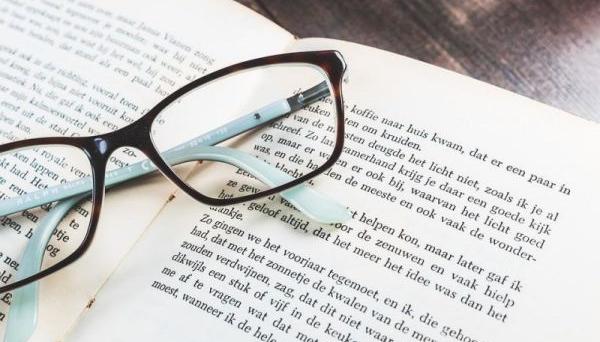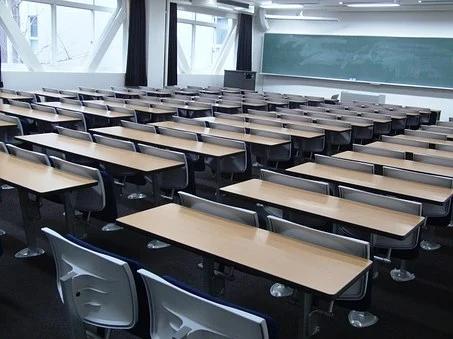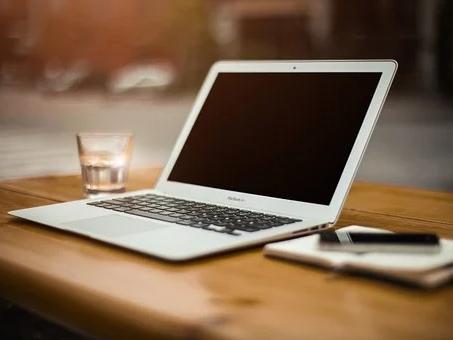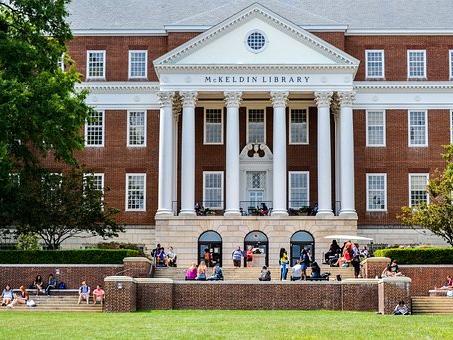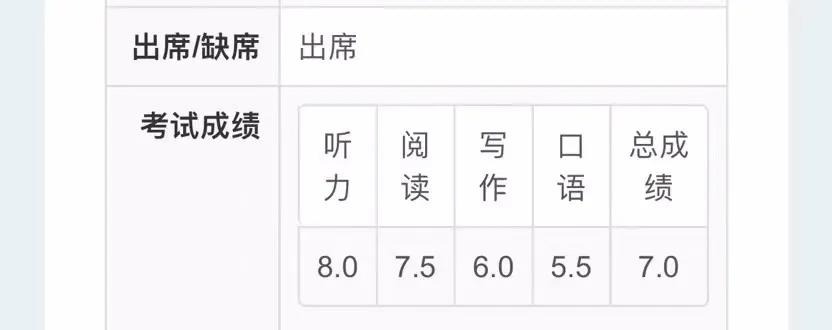【雅思课外精读】“可乐战争”:有一种鄙视链叫做可口可乐与百事可乐
【雅思课外精读】“可乐战争”:有一种鄙视链叫做可口可乐与百事可乐 原文译文 *注:本文摘自9月26日《经济学人》
Fire-starter
搞事情
How Donald Kendall, as PepsiCo’s boss, sparked the cola wars
唐纳德·肯德尔是如何挑起可乐战争的
The legacy of the legendary salesman lives on
这位传奇推销员精神永在
1. “ROCK AND roller cola wars, I can’t take it any more!” cried Billy Joel in his chart-topping song from 1989, “We didn’t start the fire”. He had had enough of the intense marketing battle between America’s fizzy-drinks behemoths. As the underdog, PepsiCo had stunned its bigger rival, Coca-Cola, by signing Michael Jackson, the era’s biggest musical star, to promote its brand in a record-setting $5m deal.
“百事可口可乐大战,我已无法承受更多!”比利·乔尔在他1989年的热门歌曲《火不是我们放的》中大声唱到,他已经受够了美国碳酸饮料巨头之间激烈的市场竞争。暂时处于弱势的百事公司以500万美院请迈克尔·杰克逊代言其品牌,创下了新的记录,也让可口可乐目瞪口呆。迈克尔·杰克逊是当时最有名的音乐明星。
2. The cola wars became a cultural phenomenon. Credit for that goes to Donald Kendall, PepsiCo’s legendary former boss, who died on September 19th aged 99. A gifted salesman, he rose quickly through the ranks from his start on the bottling line to become the firm’s top sales and marketing executive at the tender age of 35. Seven years later he was named CEO. In 1974 he injected a dose of fizzy capitalism into the Soviet Union, which allowed Pepsi to become the first Western product to be legally sold behind the iron curtain. By the time he stepped down as boss in 1986, PepsiCo’s sales had shot up nearly 40-fold, to $7.6bn. His legacy continues to shape the industry.
可乐大战已经成为了一种文化现象。这些都是因为百事公司的传奇老板唐纳德•肯德尔,他今年9月19日去世,享年99岁。他是一个很有天赋的推销员,年仅35岁就从瓶装生产一线上升到公司的顶级销售和市场主管。七年之后,他就被任命为公司的CEO。1974年,他率先将百事可乐引入苏联,使得百事成为第一个进入苏联铁幕的西方产品。到1986年,他卸任的时候,百事的销售额已经增长了近40倍,达到76亿美元。他的传奇仍影响着这个行业。
3. Mr Kendall offered a mix of strategic vision, principled leadership and marketing flair. Two years after taking charge he acquired Frito-Lay, a leading purveyor of snacks, giving PepsiCo an advantage from diversification that persists to this day. PepsiCo’s revenues last year of $67bn dwarfed Coca-Cola’s $37bn in sales. Decades before Black Lives Matter he named African-Americans to top jobs, making PepsiCo the first big American firm to do so—staring down racists including the Ku Klux Klan, which organised a boycott.
肯德尔有着卓越的战略眼光,杰出的领导才能和营销才能。接管公司两年之后,他收购了零食供应企业菲多利,这使百事公司从多元化发展中获得了优势,而这种优势一直延续到现在。百事公司去年的收入为670万美元,远远超过可口可乐的370亿美元。早在Black Lives Matter运动发起几十年前,他就任命非裔美国人担任高管职位,这是美国第一家这样做的公司,这是对那些包括3K党在内的种族主义者的蔑视。3K党组织了一场抵制非裔美国人的运动。
4. But his masterstroke was the all-out marketing blitz against Coca-Cola, long the global market leader in non-alcoholic beverages. The two firms had competed for decades, but they mostly fought low-grade battles. Mr Kendall changed that, by forcing both companies into an advertising arms race. In 1975 Coca-Cola spent around $25m on advertising and PepsiCo some $18m. By 1985 those figures had shot up to $72m and $57m, respectively. In 1995 Pepsi outspent Coke by $112m to $82m.
他最为人所知的妙招是对可口可乐进行全面的闪电战,可口可乐长期以来一直是世界无酒精饮料的领导者。这两家公司竞争了了几十年,但都是些小打小闹。肯德尔改变了这一局面,他使两家公司进入了广告竞赛的局面。1975年,可口可乐再在广告上花费了2500万美元,百事可乐花费了1800万美元。到1985年,这两项花费分别飙升至7200万美元和5700万美元。1995年,百事可乐花费了1.12亿美元,比可口可乐多出8200万美元。
5. This was a risky gambit for both cola rivals. But it paid off in two ways. First, it helped fizzy drinks win a greater “share of throat” (a term coined by Roberto Goizueta, a former boss of Coca-Cola, who died in 1997). They went from 12.4% of American beverage consumption in 1970 to 22.4% in 1985. And though Coca-Cola maintained its lead in that period, with over a third of the market, PepsiCo’s share shot up from 20% to a peak of over 30% in the 1990s. Last year carbonated-drinks sales totalled $77bn in America, and over $312bn globally. Coca-Cola and PepsiCo remain dominant.
这对两家公司来说都是很冒险的一个策略。首先来说,这一策略帮助碳酸饮料赢得了更大的“咽喉份额”(这个词使可口可乐前老板罗伯托•戈伊苏塔创造的,他于1997年去世)。碳酸饮料占美国饮料消费的比例从1970年的12.4%上升到1985年的22.4%。尽管可口可乐在那个时期保持了领先地位,占据了超过三分之一的市场份额,但百事可乐的市场份额在20世纪90年代从20%飙升到30%以上。去年,碳酸饮料在美国的销售总额为770亿美元,全球销售总额超过3120亿美元。可口可乐和百事可乐仍占主导地位。
6. The second way that the cola wars benefited both companies was by turning them into “the world’s best marketers”, observes Kaumil Gajrawala of Credit Suisse, a bank. Today a decades-long obsession with cut-price volume growth has been replaced by a focus on revenues and profits.
瑞士信贷银行Kaumil Gajrawala称,可乐之战给两家公司带来的第二个好处就是将他们变成了“世界上最好的市场营销者。”数十年来,人们一直热衷于降价销售,以提高销量,但是如今,人们更关注的使收入和利润。
7. PepsiCo in particular has relinquished some of the soft-drinks market, where its share has fallen back down to a quarter (see chart 1). But its marketing magic continues to sparkle, even if it is deployed to sell less sugary alternatives such as bottled water, coffee and energy drinks to health-conscious consumers. And over the past 40 years PepsiCo has returned nearly a third more to shareholders than Coca-Cola has (see chart 2).
百事公司放弃了一些软饮料市场,其市场份额回落到四分之一(见表1)。由于消费者健康意识提高,百事公司开始销售不含糖的饮料比如瓶装水,咖啡和能量饮料,但是其营销技巧依然管用。在过去的40年里,百事公司给股东的回报比可口可乐多了近三分之一(见表2)。

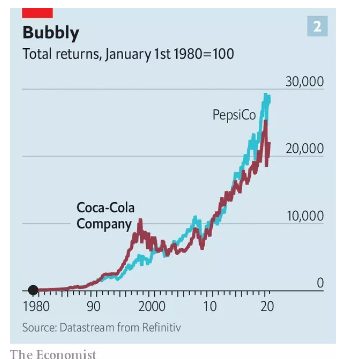
8. In many industries a cosy duopoly retards innovation and harms consumers. The happy outcome of the cola wars has been the exact opposite. As Mr Kendall himself observed, “If there wasn’t a Coca-Cola, we would have had to invent one, and they would have had to invent Pepsi.
在许多行业里面,双头垄断阻碍了创新,损害了消费者的利益。可乐战争却刚好相反。正如肯德尔自己所言,“没有可口可乐,我们就得自己去找一个可口可乐,而可口可乐也会自己去找一个百事可乐。(其实就是自己去找一个竞争对手的意思)。”
